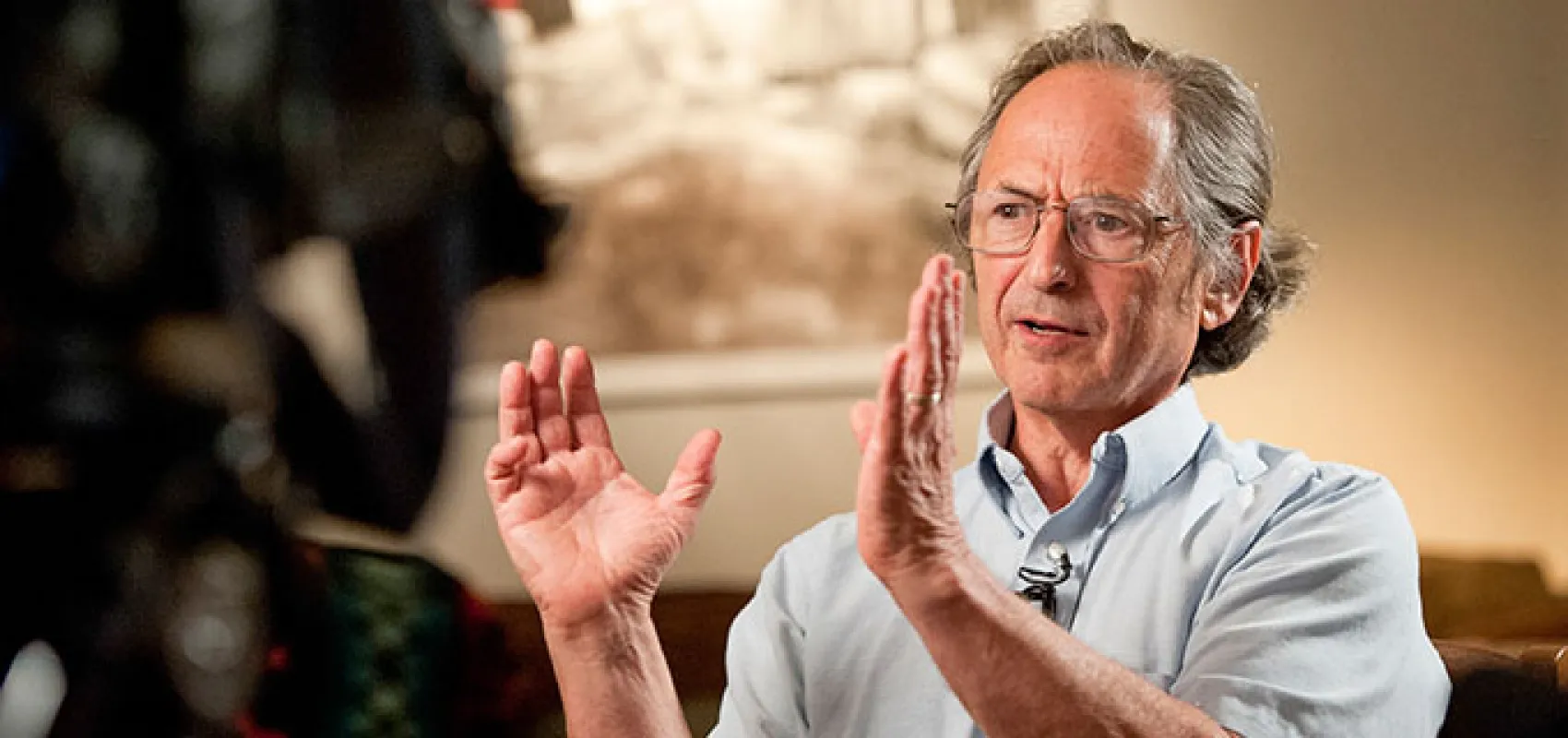The Daily sat down with Nobel Laureate in Chemistry and structural biology professor Michael Levitt to discuss his research on the trajectories of COVID-19 outbreaks around the world. Levitt gained notoriety for successfully predicting when the rate of increase in the number of deaths in China would slow down, and he has since then pivoted toward studying and graphing outbreaks in other countries and counties in the United States. Most recently, Levitt and his research team released classifications of 131 locations with over 50 deaths and 3000 cases, identifying where in the curve these areas are in terms of cases and deaths. While Levitt suggests that social distancing is not necessary to flatten the COVID-19 curve, many experts believe social distancing is critical to achieving this.
The Stanford Daily [TSD]: Could you tell me about your research on the trajectory of China’s outbreak?
Michael Levitt [ML]: I started studying the outbreak in China around Jan. 20. Everyone talks about viruses growing exponentially, and when you divide the number of deaths today by the number of deaths yesterday, you should expect to get the same number. But when looking at the outbreak in China, I noticed that in three or four successive days, the amount it was increasing was actually getting less. I think one day it was 30%, the next day it was 26%, then 22% and 18%. I thought “Wow, this is actually heading toward no increase.”
TSD: How did you make a prediction about when the outbreak would peak from this data?
ML: The [rate at which deaths had increased from the day before] looked like [it] fell in a straight line. Sure enough, there were some jumps in the numbers, but each day, there was a smaller percentage increase than you would have expected. From this, you could get a pretty good idea of when it would end, or if not end, when we’d reach a point where it would stop growing and start to slow down.
TSD: Could you tell me about how you went on to study outbreaks in other countries?
ML: Well, after China, it was then South Korea, and then Italy. And to my surprise, other countries actually looked a lot like China, even though China had very, very strict social distancing. I sort of said, well, social distancing might be very important. But the fact is, even without this, the virus seems to be working to flatten the curve. The virus seems to have this intrinsic property of not growing exponentially but actually growing slower and slower each day.
TSD: Why do you think coronavirus has this tendency?
ML: Imagine I had a confirmed case of COVID. Unbeknownst to me, a declared case, I’ve also infected my friends, my kids, people near me. And this means on the first day, I can infect people, but then the next day, I can’t find people so easily to infect. In some ways, what’s happening is that visible cases are having a hard time finding people to infect, because the invisible cases have already infected them. Since then, there’s been a lot of extra findings about maybe we have some natural immunity to the virus as well.
TSD: Would you describe this mechanism as populations achieving herd immunity?
ML: You don’t actually have to infect everybody, depending on how fast the virus grows. Some people say 80% [of the population needs to develop antibodies], some people say 60%. I personally think it’s less than 30%. And some people are saying we’re never going to get herd immunity. I don’t think so.
TSD: Why not?
ML: There have been maybe five or six situations where there was massive infection, including on the Diamond Princess cruise ship or provinces in Italy. You will find that the final death count is something like a tenth of a percent of the population. You could say that each of these places stopped because they had wonderful social distancing, or we can simply say they stopped because there was no one left to infect. We will know in a few weeks the answer to this question because of what happens in Sweden.
TSD: Sweden?
ML: If Sweden stops at about 5,000 or 6,000 deaths, we will know that they’ve reached herd immunity, and we didn’t need to do any kind of lockdown. My own feeling is that it will probably stop because of herd immunity. COVID is serious, it’s at least a serious flu. But it’s not going to destroy humanity as people thought.
TSD: What is your prediction for when the rest of the world will reach a peak number of deaths?
ML: Something between eight and 14 weeks. But even places like South Korea that have peaked, they’re still seeing deaths. Trying to predict the final death is still very hard.

TSD: To end on a lighter question, what is your prediction for whether fall quarter will be held on campus?
ML: That’s an issue of politics, that’s an issue of state politics. I’m pretty sure we will be on campus for fall quarter. Santa Clara County, it looks to me, like cases have peaked, although deaths are fluctuating. It doesn’t look too bad. I would certainly hope that Stanford opens for the fall.
May 5, 3:28 p.m. PDT — This article has been updated to include a note that while Levitt suggests that social distancing is not necessary to flatten the curve, many experts believe social distancing is critical to achieving this.
